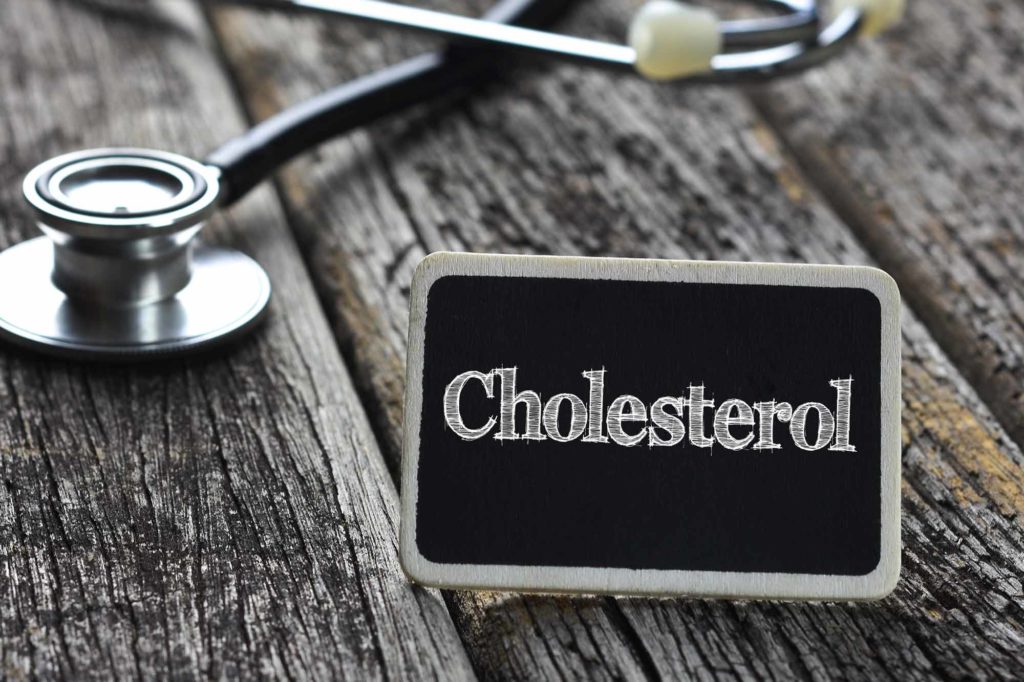
High LDL cholesterol is damaging to the heart and puts patients at risk for developing serious health conditions such as peripheral artery disease, heart attack and stroke. 73.5 million adults suffer from high LDL cholesterol, according to the Centers for Disease Control. High LDL cholesterol happens as a result of genetics in some individuals, but for many people, their high cholesterol number is a direct result of diet and behavioral habits. While many patients reduce their cholesterol with medication, there is lifestyle and dietary changes patients with high LDL cholesterol should consider lowering their cholesterol to protect their health.
Overwhelmingly, patients with high cholesterol see the biggest impact on their cholesterol number and health by changing their diet. Patients should select healthier fats like those found in lean meats and nuts. It is also recommended patients avoid trans fats all together, for the greatest impact on cholesterol levels. Trans fats are often found in fried and processed food, and not only raise bad cholesterol, they often lower good, or HDL, cholesterol.
Patients should look for foods high in fiber and omega-3 fatty acids. High fiber foods like vegetables and whole grains help to lower LDL cholesterol, and omega-3 fatty acid rich foods increase good cholesterol and lower triglycerides, a type of fat that increases blood pressure and contributes to atherosclerosis.
Aside from changing dietary habits, individuals with high cholesterol are encouraged to increase their physical activities and exercise. Exercise increases good HDL cholesterol levels.
“Any type of physical activity is going to show a health benefit for patients that have high cholesterol,” Dr. Michael Budler said. “Patients should consult their physician before starting an exercise regimen, but activity like walking and swimming, are great low impact ways to get started.”
Budler is an interventional radiologist in Grand Island, Nebraska, and treats patients who have peripheral artery disease as a result of atherosclerosis. Peripheral artery disease, or PAD, is a painful condition that limits blood flow to the lower extremities, causing numbness, slow healing wounds and in untreated patients leads to blood clots, amputation and stroke.
For many individuals, a healthy diet and exercise results in weight loss, which also helps to lower bad cholesterol numbers.
“Extra weight translates to higher cholesterol for many individuals,” Budler said. “The best weight to reach a target weight is to eat healthy and workout.”
Quitting smoking and the use of products containing nicotine also positively impacts cholesterol levels in patients with high LDL cholesterol, as well as improves their total health overall. Nicotine constricts blood vessels, making the heart work harder to pump blood through arteries with cholesterol plaque buildup. Quitting smoking and giving up nicotine products lowers heart rate and blood pressure. This includes e-cigarettes.
Limiting alcohol consumption also improves the health of patients with high cholesterol. While there have been a number of research studies that show possible health benefits of moderate alcohol consumption, but that does not mean patients should take up the habit.
“Moderate alcohol consumption is one drink or less per day,” Budler said.
Alcohol may impact blood pressure and cause the heart to work harder, which is what high cholesterol patients are trying to eliminate in the first place.
Some patients find that despite their decisions to eat healthy, exercise and eliminate tobacco and nicotine use that they still need medical intervention and prescription medications to keep their cholesterol in check. Despite this, patients should still try to live a healthy and active lifestyle.
“Any steps a patient can take to improve their health have an impact on overall health,” Budler said.
